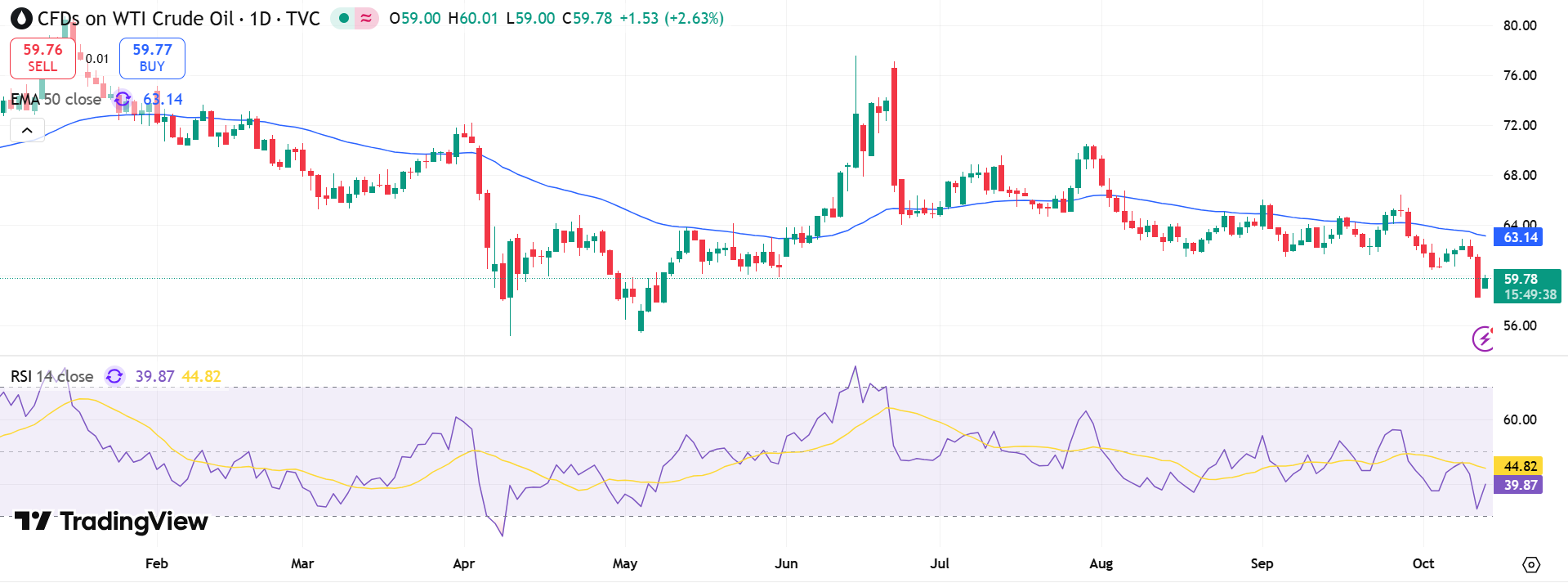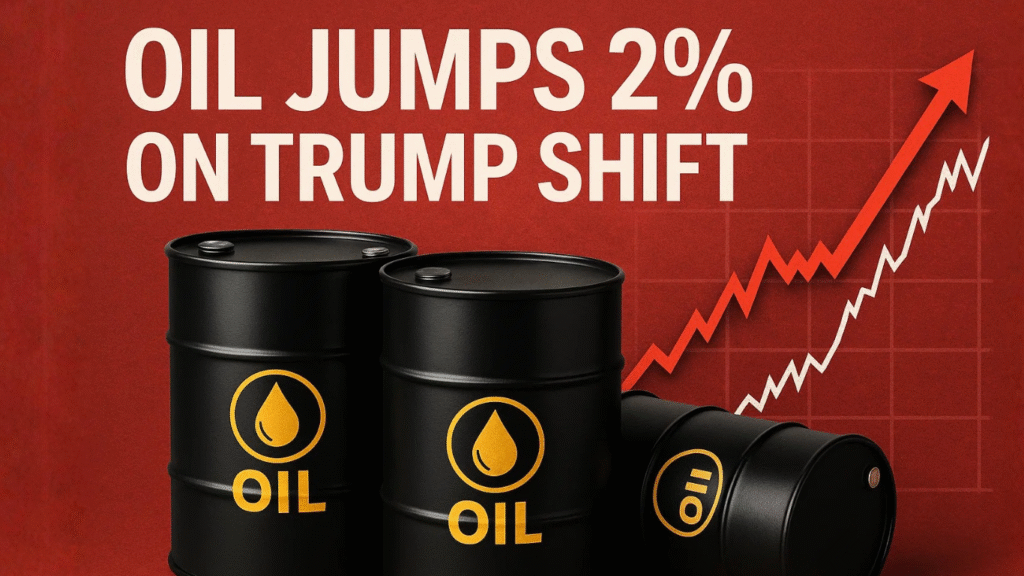Oil futures rebounded sharply, with Brent up 1.7% to $63.78 and WTI rising 1.8% to $59.95 by 21:58 ET (01:58 GMT), reversing late-week losses. In the prior session, both benchmarks had plunged nearly 4% to their lowest levels in five months after President Trump threatened to impose a 100% tariff on Chinese imports. Market participants interpreted the aggressive threat as a signal of weakening global demand for fuels.
Over the weekend, Trump visibly softened his rhetoric. Posting on Truth Social, he reassured investors: “Don’t worry about China, it will all be fine.” He added that “the U.S.A. wants to help China, not hurt it,” suggesting ongoing diplomacy rather than escalation. These comments helped restore risk appetite across commodities, prompting a rebound in oil and related assets.
Supply Growth and OPEC+ Balancing
While the tariff drama grabbed headlines, structural supply dynamics weigh heavily on the outlook. The U.S. Energy Information Administration (EIA) recently raised its 2025 crude output forecast to 13.53 million barrels per day, citing stronger-than-expected domestic shale production. Rising supply from North America adds pressure on global inventories.
Simultaneously, OPEC+ continues its measured production increases. At the start of this month, the producer coalition approved a 137,000 barrels per day boost for November— the most conservative option presented. The aim: strike a balance between supporting prices and avoiding a market glut. Still, analysts remain cautious, noting that excess global supplies and lower consumption forecasts in Asia and Europe could offset the production discipline.
Geopolitics, Demand Risks & Outlook
Geopolitical risks moved into the background— a ceasefire between Israel and Hamas, mediated with the involvement of the U.S., helped reduce tension in the Middle East and removed a bullish catalyst. Meanwhile, demand-side concerns remain front of mind:

- Sluggish economic growth in key economies
- Heightened recession fears in Europe
- Industrial slowdowns in China
Looking ahead, price stability hinges on the interplay between demand resilience and supply moderation. If global demand continues to weaken, even OPEC+ restraint may be insufficient to prevent downward pressure.
In sum, the rebound we’re seeing reflects transient relief after tariff fears subsided, but longer-term strength requires disciplined supply and stronger consumption. Markets will watch closely for next statements from Washington, EIA inventory reports, and OPEC+ policy signals.


